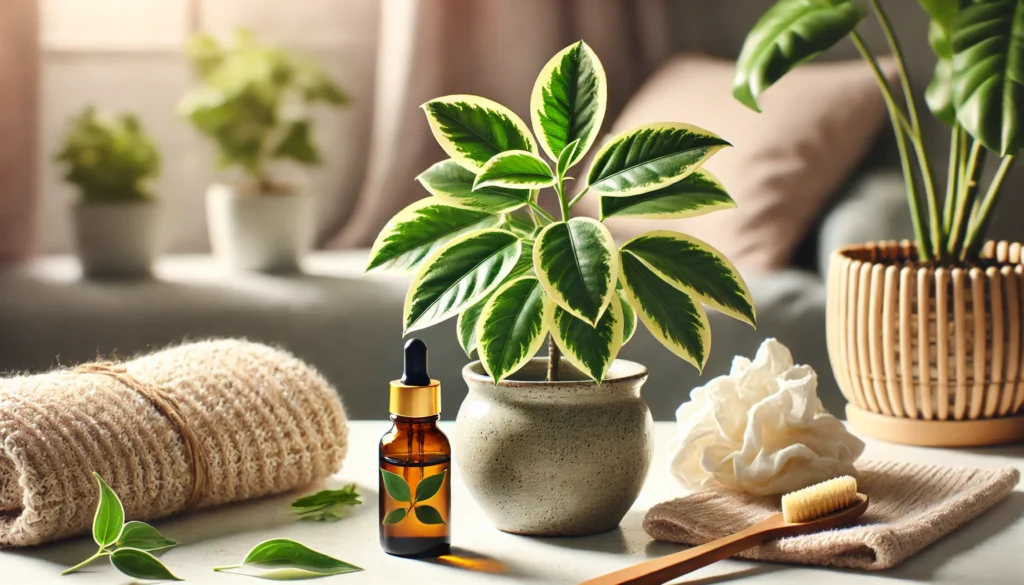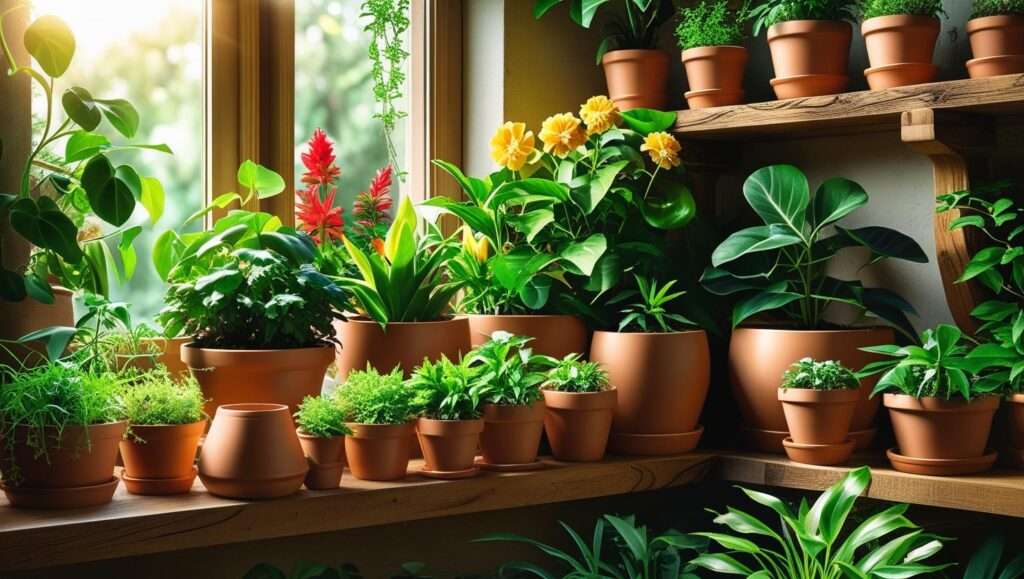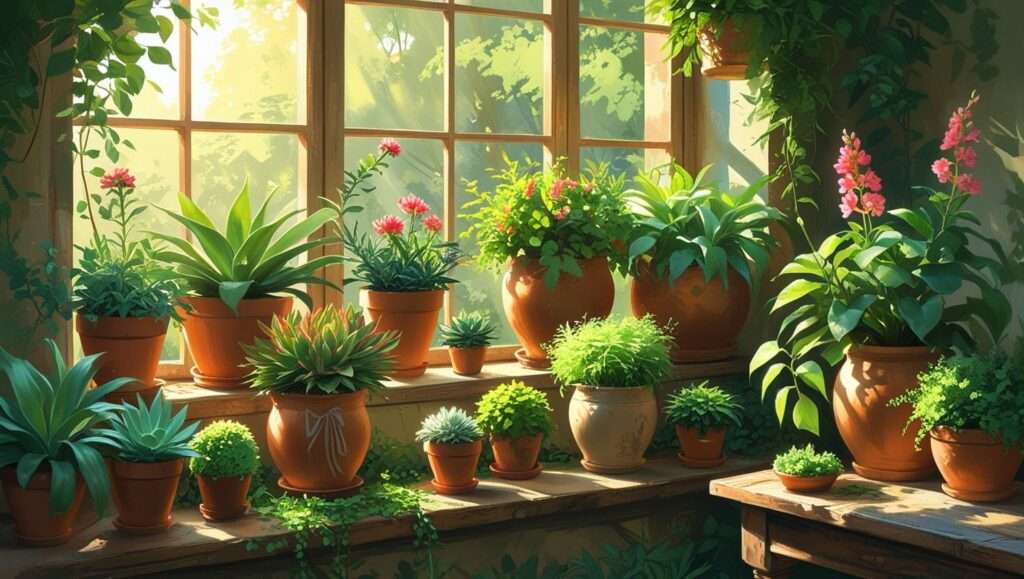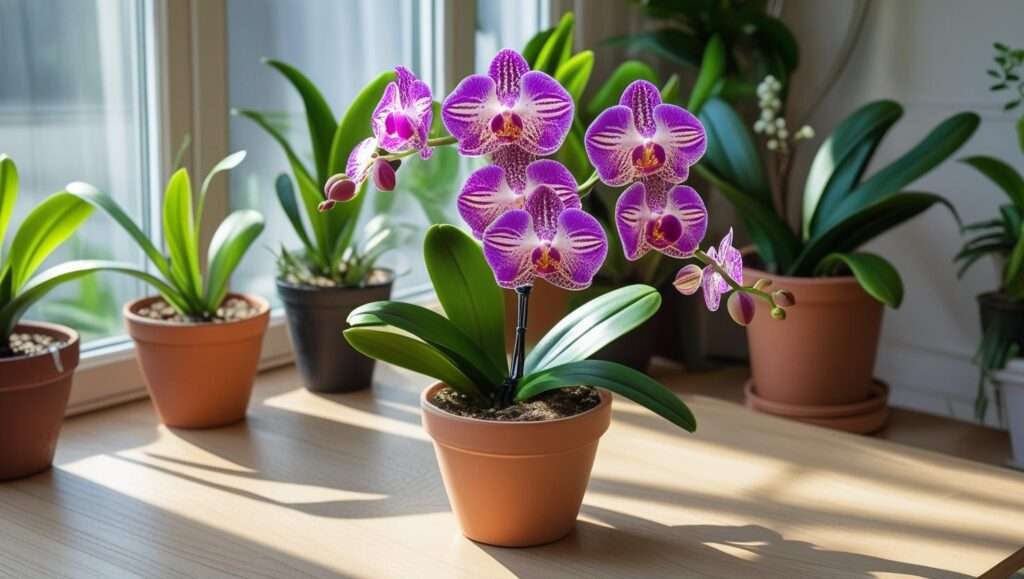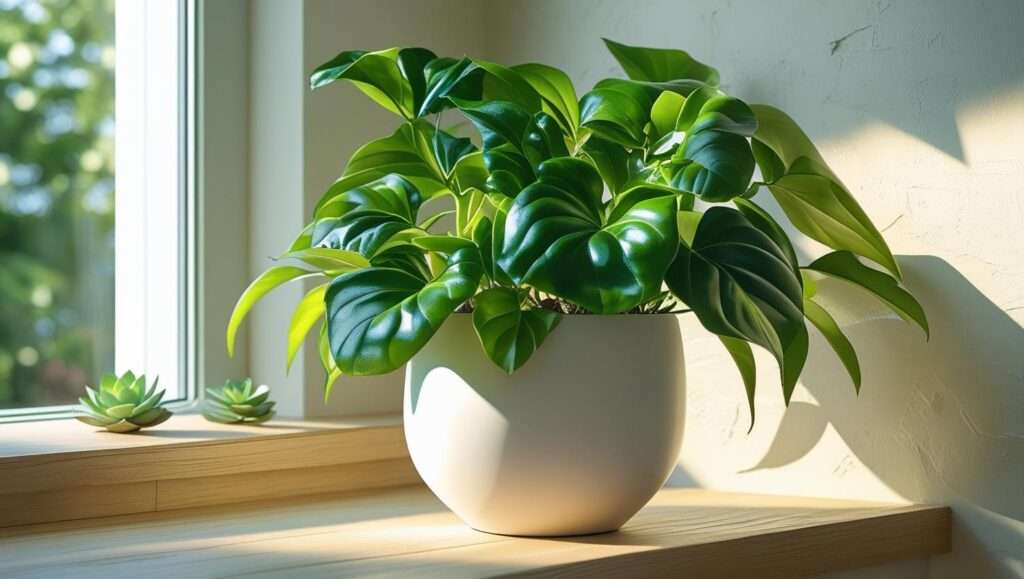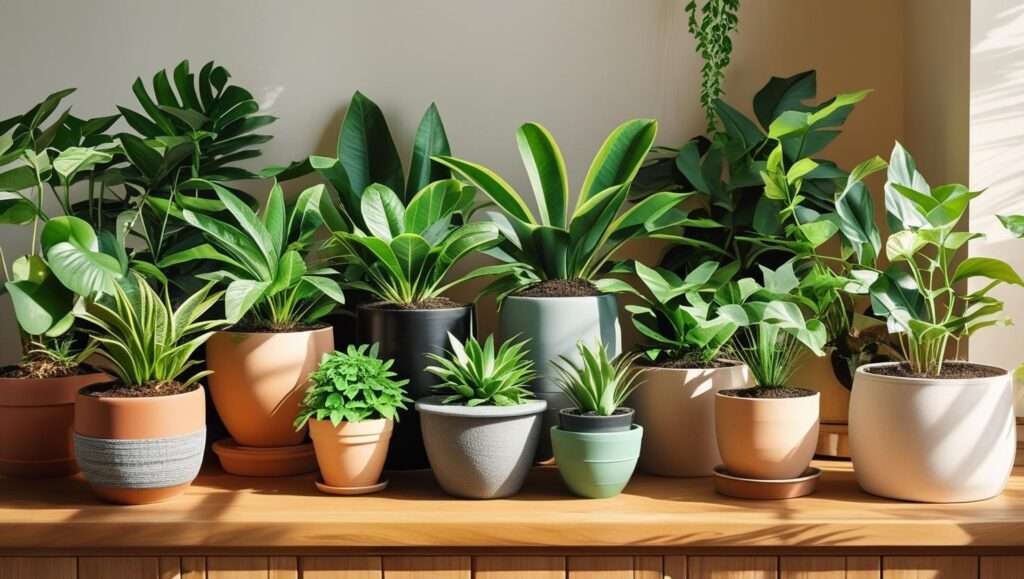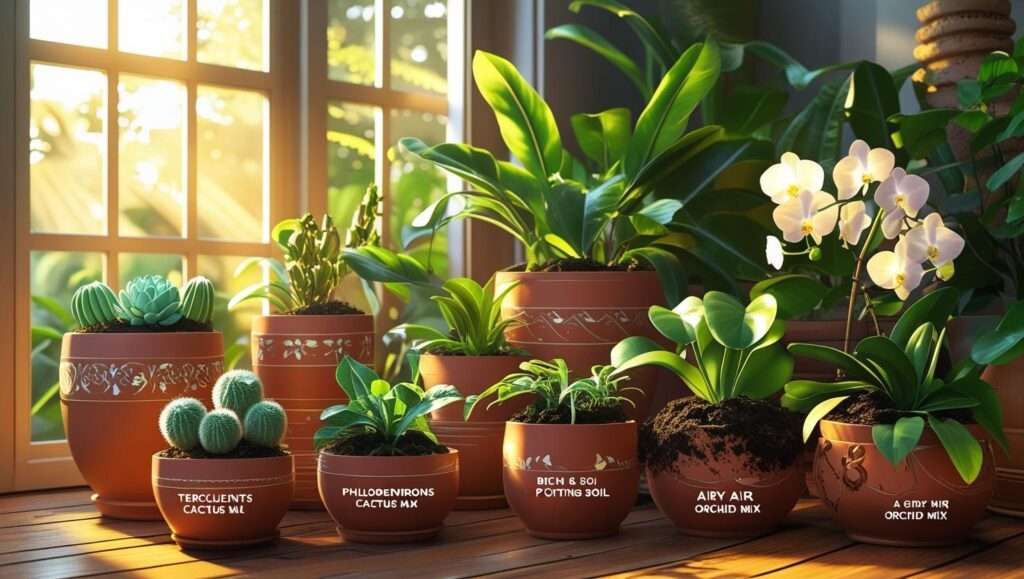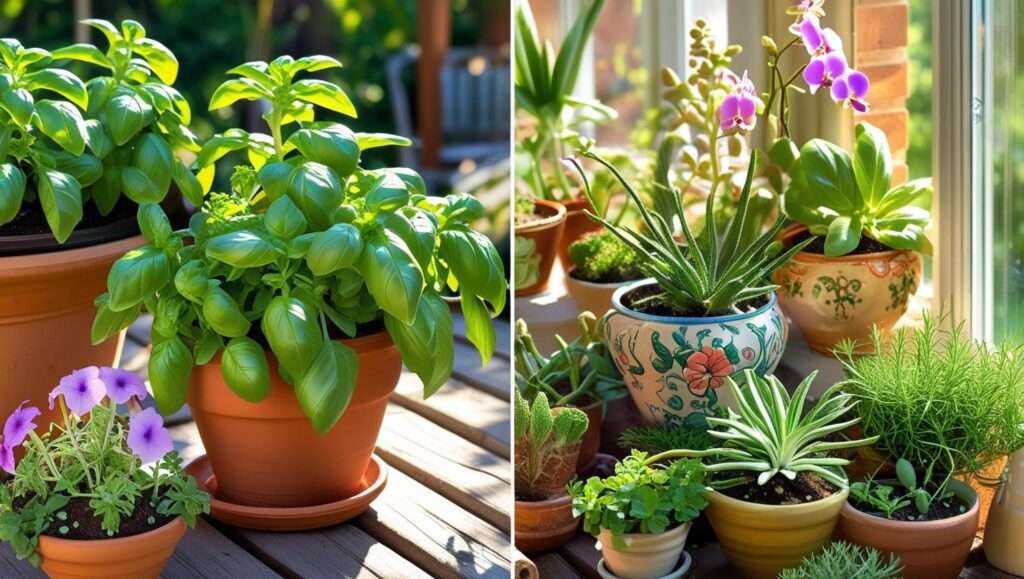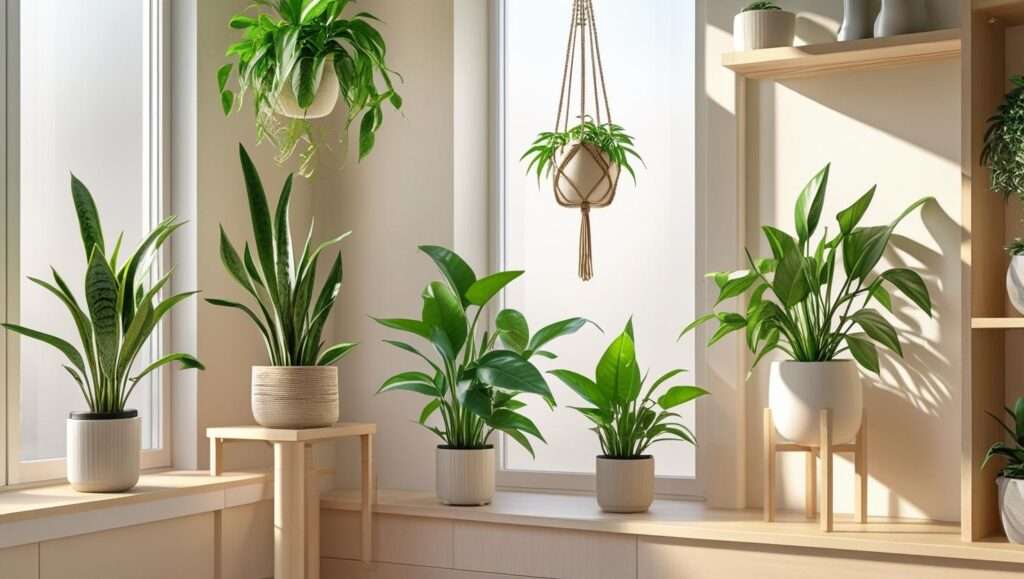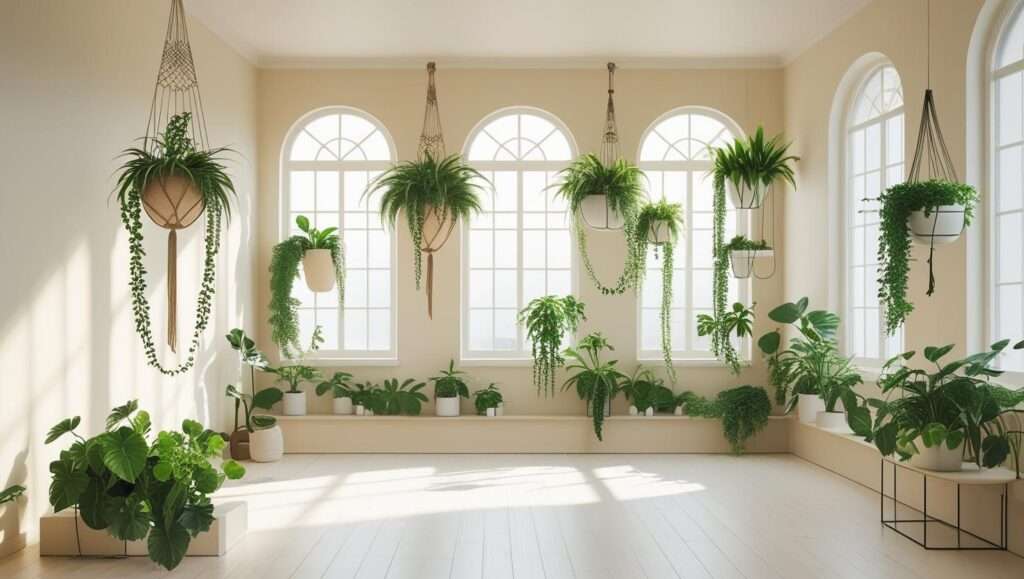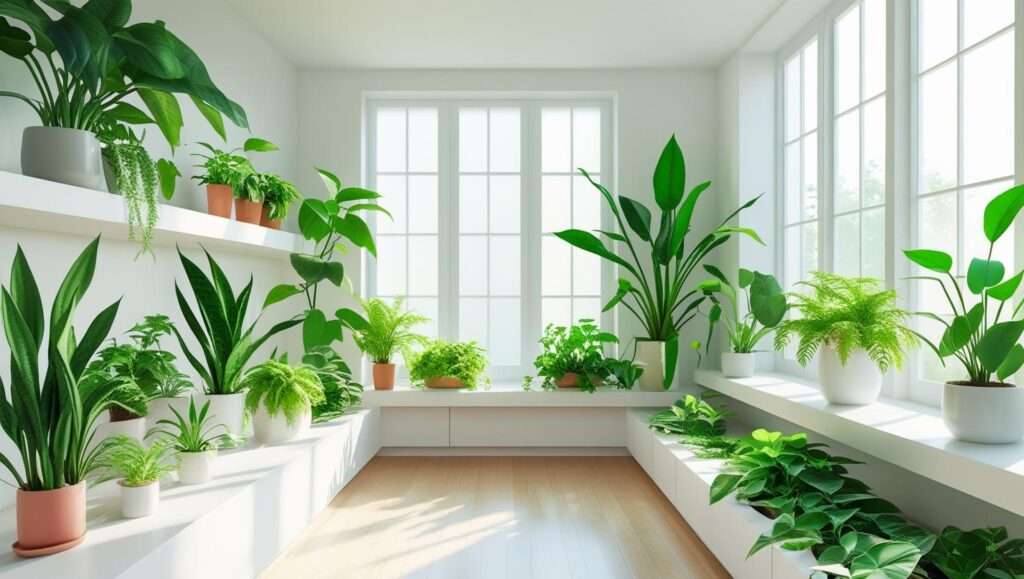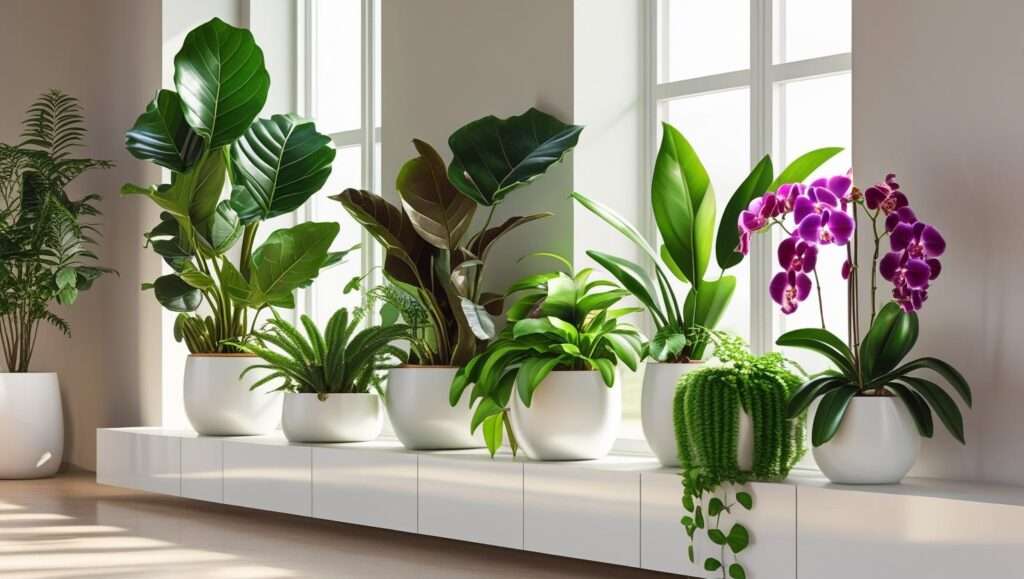Imagine rushing through your morning routine, juggling work deadlines, family responsibilities, or a packed schedule, only to glance at a wilted houseplant begging for attention you don’t have time to give. Sound familiar? For busy gardeners, maintaining lush greenery at home can feel like an impossible task. That’s where low maintenance indoor plants come in—resilient, forgiving, and perfect for transforming your space without demanding hours of care. In this guide, we’ll explore seven low maintenance indoor plants that thrive with minimal effort, offering practical tips, expert insights, and actionable advice to help you create a vibrant, stress-free indoor jungle. Whether you’re a beginner or a seasoned plant parent with limited time, these plants will bring beauty, calm, and cleaner air to your home.
Why Choose Low Maintenance Indoor Plants?

Benefits of Indoor Plants for Busy Lifestyles
Indoor plants do more than just brighten up a room. They purify the air, reduce stress, and create a sense of calm—benefits backed by science. According to NASA’s Clean Air Study, certain houseplants can remove toxins like formaldehyde and benzene from the air, improving indoor air quality. For busy individuals, low maintenance indoor plants offer these perks without requiring constant attention. They’re perfect for professionals, parents, or students who want greenery but can’t commit to daily care. Plus, their aesthetic appeal elevates any space, from cozy apartments to modern offices, making them a practical choice for enhancing both mental well-being and home decor.
Common Challenges for Busy Plant Owners
Many aspiring plant parents face the same hurdles: overwatering, forgetting to water, or choosing plants that demand too much upkeep. High-maintenance species like orchids or ferns can quickly become a source of frustration when life gets hectic. Low maintenance indoor plants solve these problems by thriving on neglect, tolerating irregular watering, and adapting to various light conditions. By choosing plants that align with a busy lifestyle, you can enjoy the benefits of indoor greenery without the guilt of neglecting your leafy friends.
What Makes a Plant “Low Maintenance”?
A low maintenance indoor plant is defined by its ability to thrive with minimal intervention. Key traits include drought tolerance, adaptability to low light, resistance to pests, and minimal pruning needs. These plants are forgiving, making them ideal for beginners or those with demanding schedules. As horticulturist Dr. Jane Wilson explains, “Low maintenance plants are bred for resilience, often surviving in conditions that would stress other species. They’re perfect for anyone who loves plants but lacks the time for intensive care.” By understanding these qualities, you can select plants that fit seamlessly into your life.
The 7 Best Low Maintenance Indoor Plants
1. Snake Plant (Sansevieria)
Overview: Known as “Mother-in-Law’s Tongue,” the snake plant is a striking, upright plant with long, sword-like leaves in shades of green and variegated yellow. Its reputation as “indestructible” makes it a top choice for busy gardeners.
Care Tips:
- Light: Thrives in low to bright indirect light; tolerates shade but grows best with moderate light.
- Water: Water every 2–6 weeks, allowing soil to dry completely between waterings. Overwatering is the main cause of issues.
- Soil: Use a well-draining potting mix, such as a cactus or succulent blend.
Why It’s Great for Busy Gardeners: Snake plants are drought-tolerant and can survive weeks without water, making them ideal for forgetful plant owners. They’re also air-purifying powerhouses, removing toxins like benzene and formaldehyde, according to NASA research.
Pro Tip: Avoid overwatering by checking the soil’s dryness with your finger before adding water. If the soil feels moist, wait a few more days.
2. ZZ Plant (Zamioculcas zamiifolia)

Overview: With its glossy, dark green leaves and upright growth, the ZZ plant adds a sleek, modern touch to any space. Its waxy foliage and sturdy structure make it a standout.
Care Tips:
- Light: Adapts to low to moderate indirect light; avoid direct sunlight to prevent leaf burn.
- Water: Water every 2–3 weeks, letting the soil dry out fully. ZZ plants store water in their rhizomes, making them highly drought-tolerant.
- Soil: Use a well-draining potting mix.
Why It’s Great for Busy Gardeners: The ZZ plant thrives in low-light conditions, perfect for dimly lit offices or apartments. Its minimal watering needs make it a set-it-and-forget-it option.
Expert Insight: Botanist Dr. Sarah Thompson notes, “The ZZ plant’s ability to store water in its roots allows it to survive extended periods of neglect, making it a favorite for low-effort gardening.”
3. Pothos (Epipremnum aureum)
Overview: Pothos, often called “Devil’s Ivy,” features heart-shaped leaves and trailing vines that look stunning in hanging baskets or draped over shelves. Varieties like Golden Pothos or Marble Queen add visual variety.
Care Tips:
- Light: Tolerates low to bright indirect light; variegated types prefer brighter conditions to maintain their patterns.
- Water: Water every 1–2 weeks when the top inch of soil feels dry.
- Soil: Standard potting mix works well.
Why It’s Great for Busy Gardeners: Pothos is incredibly forgiving, bouncing back from missed waterings or poor light. Its fast growth and easy propagation make it rewarding for beginners.
Example: Take Sarah, a busy mom of two, who placed a pothos on her kitchen shelf. Despite forgetting to water it for weeks, it continued to thrive, adding a touch of green to her hectic home.
4. Spider Plant (Chlorophytum comosum)
Overview: Spider plants are known for their arching, green-and-white striped leaves and “spiderette” offshoots that dangle like tiny plant babies. They’re a favorite for their playful look and ease of care.
Care Tips:
- Light: Prefers bright, indirect light but tolerates low light.
- Water: Water weekly or when the soil feels dry to the touch.
- Soil: Use a well-draining potting mix.
Why It’s Great for Busy Gardeners: Spider plants are resilient and easy to propagate—just snip and plant the spiderettes. They’re also pet-friendly, making them safe for homes with cats or dogs.
Fun Fact: Spider plants are listed by the ASPCA as non-toxic to pets, so you can enjoy their beauty without worrying about curious paws.
5. Cast Iron Plant (Aspidistra elatior)
Overview: True to its name, the cast iron plant is tough as nails, with dark green, leathery leaves that withstand neglect. It’s a classic choice for low-light spaces.
Care Tips:
- Light: Thrives in low to moderate indirect light; avoid direct sun.
- Water: Water every 2–3 weeks, allowing soil to dry between waterings.
- Soil: Well-draining potting mix.
Why It’s Great for Busy Gardeners: This plant survives in dim corners and requires minimal watering, making it ideal for busy professionals or low-light apartments.
6. Peace Lily (Spathiphyllum)
Overview: The peace lily is a graceful plant with glossy, dark green leaves and elegant white blooms that add sophistication to any space. Its ability to thrive in low light makes it a versatile choice.
Care Tips:
- Light: Prefers low to moderate indirect light; direct sunlight can scorch leaves.
- Water: Water when leaves start to droop, typically every 7–10 days. Keep soil slightly moist but not soggy.
- Soil: Use a well-draining, moisture-retaining potting mix.
Why It’s Great for Busy Gardeners: Peace lilies signal when they need water by drooping, taking the guesswork out of care. They’re also excellent air purifiers, removing toxins like ammonia and benzene.
Expert Insight: Horticulturist Dr. Emily Carter states, “Peace lilies are not only beautiful but also functional, improving indoor air quality while requiring minimal effort from busy plant owners.”
7. Aloe Vera
Overview: Aloe vera is a succulent with thick, fleshy leaves that store water, making it a low maintenance and visually appealing addition to sunny spaces. Its gel is also useful for minor burns and skincare.
Care Tips:
- Light: Requires bright, indirect light; a south-facing window is ideal.
- Water: Water every 2–3 weeks, ensuring the soil dries out completely between waterings.
- Soil: Use a cactus or succulent potting mix for optimal drainage.
Why It’s Great for Busy Gardeners: Aloe vera’s minimal watering needs and resilience make it perfect for those with limited time. Its medicinal properties add extra value.
Practical Use: To use aloe gel, cut a leaf, scoop out the gel, and apply it to minor burns or dry skin for soothing relief.
How to Care for Low Maintenance Indoor Plants: General Tips

Watering Best Practices
Overwatering is the leading cause of houseplant failure, especially for low maintenance varieties. To avoid this, always check the soil before watering—stick your finger an inch into the soil; if it’s dry, it’s time to water. For most of these plants, watering every 1–3 weeks is sufficient, depending on humidity and light conditions. Below is a quick reference table for watering needs:
| Plant | Watering Frequency | Notes |
|---|---|---|
| Snake Plant | Every 2–6 weeks | Allow soil to dry completely |
| ZZ Plant | Every 2–3 weeks | Highly drought-tolerant |
| Pothos | Every 1–2 weeks | Water when top inch is dry |
| Spider Plant | Weekly or when dry | Keep soil slightly moist |
| Cast Iron Plant | Every 2–3 weeks | Tolerates dry soil |
| Peace Lily | Every 7–10 days | Water when leaves droop |
| Aloe Vera | Every 2–3 weeks | Ensure complete soil dryness |
Tip: Use a pot with drainage holes to prevent water from pooling, which can lead to root rot.
Light Requirements and Placement
Understanding your home’s light conditions is key to plant success. Low maintenance indoor plants are forgiving, but proper placement enhances their growth. Here’s how to assess light:
- Low Light: North-facing windows or rooms with minimal natural light (e.g., bathrooms).
- Moderate Light: East or west-facing windows with filtered sunlight.
- Bright Indirect Light: South-facing windows with sheer curtains.
For example, place a peace lily in a shady corner or a bathroom with a small window, while aloe vera thrives near a sunny windowsill. If you’re unsure about light levels, observe how shadows fall in the room—soft shadows indicate indirect light, ideal for most of these plants.
Soil and Potting Tips
All seven plants prefer well-draining soil to prevent root rot. A standard potting mix works for most, but succulents like aloe vera benefit from a cactus or succulent mix with added sand or perlite. Choose pots with drainage holes to allow excess water to escape. When repotting, select a pot only 1–2 inches larger than the current one to avoid overwatering risks. Repot every 1–2 years or when the plant becomes root-bound.
Common Mistakes to Avoid
Even low maintenance plants can struggle if basic care is overlooked. Here are common pitfalls and how to avoid them:
- Overwatering: Always check soil dryness before watering.
- Poor Light Placement: Avoid direct sunlight for most plants, except aloe vera.
- Neglecting Dust: Dust on leaves can block photosynthesis; wipe leaves gently with a damp cloth monthly.
- Ignoring Pot Size: Overly large pots retain too much water, leading to root issues.
If a plant shows signs of stress, act quickly to adjust care rather than assuming it’s “indestructible.”
Troubleshooting Common Issues

Yellowing Leaves
Causes:
- Overwatering: Excess moisture causes root rot, leading to yellow leaves.
- Poor Light: Too little or too much light can stress plants.
- Nutrient Deficiency: Lack of nutrients may cause yellowing over time.
Solutions:
- Adjust watering to ensure soil dries out between sessions.
- Relocate the plant to a spot with appropriate light (e.g., move a pothos to brighter indirect light).
- Fertilize sparingly (every 2–3 months) with a diluted, balanced houseplant fertilizer.
Pests and Diseases
Low maintenance plants are generally pest-resistant, but spider mites, mealybugs, or aphids can occasionally appear. Signs include sticky residue, webbing, or tiny bugs on leaves. To treat:
- Wipe leaves with a cloth dipped in soapy water.
- Apply neem oil as a natural pesticide, following package instructions.
- Isolate affected plants to prevent spreading.
For fungal issues like powdery mildew, improve air circulation and reduce watering frequency.
Slow Growth or Drooping
Causes:
- Insufficient Light: Plants like spider plants may grow slowly in low light.
- Overwatering or Underwatering: Both can cause drooping or stunted growth.
- Root-Bound Plants: Cramped roots limit growth.
Solutions:
- Move the plant to a brighter spot if growth is slow.
- Check watering habits and adjust based on the plant’s needs.
- Repot root-bound plants into a slightly larger container with fresh soil.
Why These Plants Are Perfect for Your Lifestyle
Low maintenance indoor plants are a game-changer for busy gardeners, offering beauty and benefits without the time commitment. Whether you live in a dimly lit apartment, a bustling family home, or a minimalist office, these plants adapt to your environment. They’re forgiving of missed waterings, thrive in less-than-ideal conditions, and require minimal upkeep, making them ideal for beginners or seasoned plant enthusiasts with packed schedules.
Case Study: Meet James, a software developer with a demanding job and little time for hobbies. He transformed his small apartment with a snake plant and a pothos, both of which thrived despite his irregular care routine. “These plants make my space feel alive, and I don’t stress about keeping them happy,” he says. His success story shows how anyone can enjoy greenery with the right plants.
FAQs About Low Maintenance Indoor Plants
Q1: How often should I water low maintenance indoor plants?
A: Watering frequency varies by plant, but most need water every 1–3 weeks when the soil is dry. Check the soil with your finger to avoid overwatering.
Q2: Can these plants survive in low-light apartments?
A: Yes! Plants like the ZZ plant, snake plant, and cast iron plant thrive in low light, making them perfect for apartments with limited natural light.
Q3: Are low maintenance indoor plants safe for pets?
A: Most are pet-friendly, including spider plants and pothos. However, peace lilies are toxic to pets if ingested, so keep them out of reach.
Q4: What’s the easiest indoor plant for absolute beginners?
A: The snake plant is often recommended for beginners due to its drought tolerance and ability to thrive in various light conditions.
Q5: How can I propagate these plants to grow more?
A: Pothos and spider plants are easy to propagate. Cut a healthy stem or spiderette, place it in water until roots form, then plant in soil.
Low maintenance indoor plants are the perfect solution for busy gardeners who want to enjoy the beauty and benefits of greenery without the stress of intensive care. From the indestructible snake plant to the elegant peace lily, these seven plants offer versatility, resilience, and style for any lifestyle. Start with one or two from this list, follow the simple care tips, and watch your home transform into a vibrant, calming oasis. Have a favorite plant or a care tip to share? Drop it in the comments or connect with us on social media. For more agricultural tips and plant care guides, subscribe to our newsletter and keep growing your green thumb!

